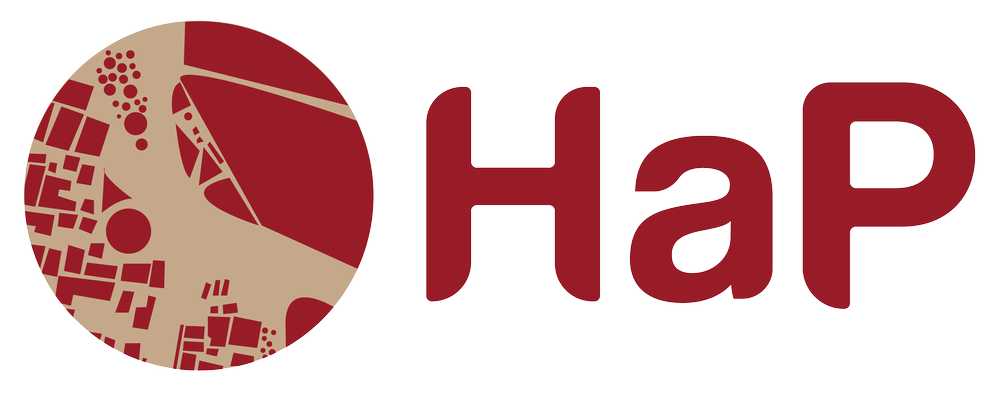Dr. Monalisa Maharjan holds a master’s in Human and Natural Resources Studies from Kathmandu University in Nepal. Her master’s thesis research was about the social conflicts within the private houses in the cities within Kathmandu Valley World Heritage Sites. She did her PhD in Art History from the University of Évora, supported by an Erasmus Mundus scholarship. Her PhD was focused on the indigenous practice of safeguarding intangible cultural heritage and linking tangible and intangible heritage with the case study of Kathmandu. Furthermore, she has worked as a researcher at the UNESCO Chair for Intangible Cultural Heritage and Traditional Know-how and CIDEHUS (Centro Interdisciplinar de História, Culturas e Sociedades da Universidade de Évora) in Portugal. Her recent work was on Anthropology of Inscriptions with the Nepal Heritage Documentation Project (NHDP), an affiliate of the University of Heidelberg. She is also a member of various international organizations working in heritage, including ICOMOS and the ACHS (Association of Critical Heritage Studies).
-
Monalisa Maharjan, “Water Linkages: Hiti (Waterspouts) in the Kathmandu Valley,” in Water: Interconnectivity between Intangible Cultural Heritage and Science, 2022 ICHCAP and i-WSSM. ISBN 979-11-969642-9-0.
Monalisa Maharjan and Filipe Themudo Barata (2021). ‘The Kathmandu Valley's indigenous practices of safeguarding heritage: an assessment of present-day challenges’, Journal of Cultural Heritage Management and Sustainable Development, 11(3), pp. 214-225.
Monalisa Maharjan and Felipe Themudo Barata (2016). ‘Heritage preservation and rethinking the future of a city: the options we choose and the strategies we make’. In: Neel Kamal Chapagain and Subik Shrestha, eds., Reflections on the Built Environment & Associated Practices: Issues in Urban Development of the Kathmandu Valley, Vol. 2, Kathmandu.
Monalisa Maharjan and Felipe Themudo Barata (2016). ‘Natural Disaster and Intangible Heritage: Beyond the Horizon’. Évora: CIDEHUS’ e- Working Papers, n.2.
In conversation…
What types of research and teaching did you do before Heritage as Placemaking, and How is your work for this project similar or different?
Before Heritage as Placemaking, I had worked for various heritage-related research projects with a focus on intangible cultural heritage. Besides research work, I have also taught at the University of Évora, for their master’s programmes in Heritage Valorization and in TPTI (Techniques Patrimoine Territoires de l’Industrie).
Tell us more about your research for this project.
This project as such is not very different from my past research work. But this project is very interesting as it deals with monuments of everyday life, which are not just an object but also living, with a deep connection to nature. My research will focus on the initiatives by ordinary individuals on restoring the hiti stepwells, most of which were either in ruins or on verge of extinction due to the development pressure. After the devastating Nepal earthquake of 2015, it became more commonplace to see people actively engaged in heritage discourses and in local movements in heritage conservation, and this is also a crucial aspect of my research.
I have always been interested in the ordinary, everyday heritage of people. Hitis are ordinary-looking structures, yet closer inspection reveals their immense artistic virtuosity and technological advancement. They have occupied a central place in the people’s lives for drinking water and personal hygiene, and engagement with everyday heritage fascinates me.
What is a typical day of doing fieldwork or research like for you?
There is no linear typical day while doing research on hiti activism. Sometimes I meet the user community of the hiti in order to better understand the need for water heritage in their life. Other days, I am a silent observer in community meetings, which sometimes become heated debates.

